
Nails are a protective layer made of a protein called keratine, which protects the nerves in fingertips and toes.
Nails are believed to be an useful indicator of a person’s overall health. Many health conditions and diseases include symptoms relative to the nails’ shape, texture and color. This, however, does not mean that a person should use nails as a means of self-diagnose.
Nail color
The healthy color of the nail bed is peachy pink. Discoloration, which means a color other than normal, can be a sign of a deficiency or another problem.
A simple illness but also diabetes, stress and allergies can lead to discoloration of nails. Greenish color can indicate an infection, which can be either in the nail bed or somewhere else in the body.
If the nail bed turns blue or gray, it is a sign that there is something wrong with oxygen supply, a lung problem, asthma or emphysema. One dark blue line along the nail can indicate skin cancer while black streaks indicate heart problems. Tiny red or brown spots on the nail bed can be a sign of folic acid, vitamin C or protein deficiency.
Diabetes, liver problems and respiratory conditions can lead to yellow color of the nail bed. White lines that run across the nail may result from a fever, but also from a liver disorder, heart disease or a simple zinc deficiency.
Nail shape and texture
Apart from nail color, their shape and texture can also tell a lot about what is going on inside the body. For example, nails that curl like claws can be a sign of malnutrition, vitamin deficiency and poor absorption of nutrients, while nails raised at base can indicate respiratory system issues.
Vitamin B12 deficiency can cause thin and brittle nails.
Vertical ridges on the nails, especially if appearing on bumpy nails, may be a sign of deficiency, malnutrition, but also kidney damage and arthritis. Horizontal ridges, on the other hand, usually appear as result of physical or emotional stress.
Proper nutrition for nails
In order to prevent these changes and abnormalities in nails and nail beds, it is important to have a proper, balanced diet, with all the important nutrients included. A diet should contain adequate amounts of protein, calcium, iron, vitamins of the B group, vitamin C. It is best to take these nutrients in their natural form, which means fresh fruits and vegetables, meat, fish, poultry, dairy products, and whole grains. In some cases, if a deficiency is particularly severe or if it is causing significant problems, it is recommended to take supplements to make up for the missing nutrients.




_f_280x120.jpg)
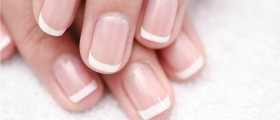

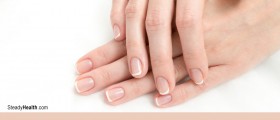
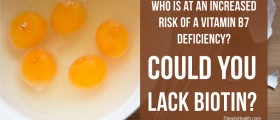

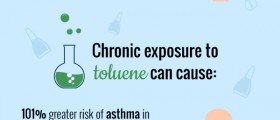

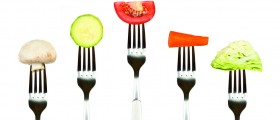

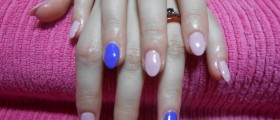
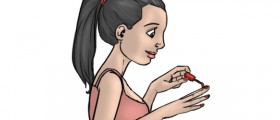

Your thoughts on this
Loading...